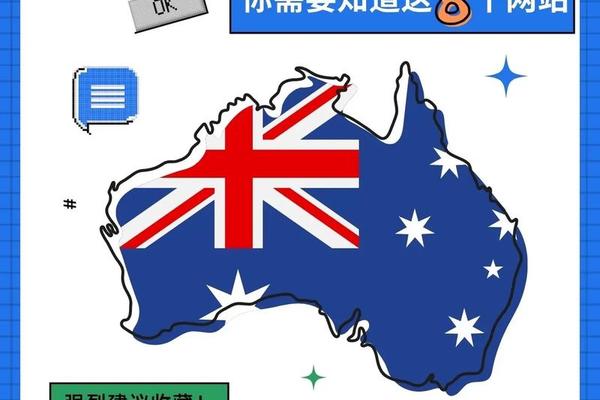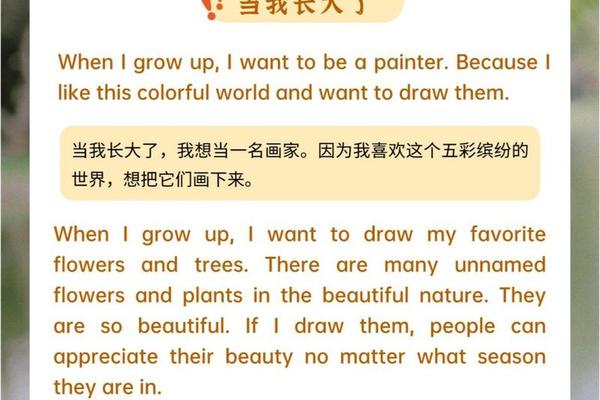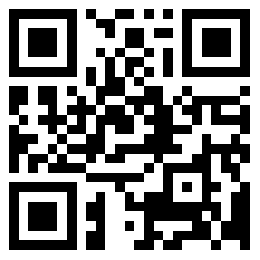我的澳洲移民的故事英文
Here’s a structured and detailed narrative for your Australian immigration story in English, incorporating insights from the search results to add depth and authenticity:
My Journey to Australia: A Story of Resilience and New Beginnings
By [Your Name]
1. The Decision to Migrate
My immigration story began with a mix of hope and uncertainty. Like many immigrants, I was drawn to Australia’s reputation as a land of opportunity—a multicultural society that values diversity and offers pathways to permanent residency. The Australian government’s 2025 Migration Strategy, with its focus on addressing workforce shortages and streamlining visa processes, played a crucial role in my decision. The introduction of the Skills in Demand Visa (SID)—replacing the older TSS visa—meant reduced work experience requirements and a clearer route to permanent residency, making it easier for skilled professionals like me to take the leap.
2. Adapting to a New World
Arriving in Melbourne, I faced the universal immigrant challenge: adapting to a new climate, language, and culture. The first months were spent in temporary accommodation, a common experience for newcomers navigating bureaucratic processes. Simple tasks, like understanding the local currency or grocery shopping, felt overwhelming. Learning Australian slang—like “arvo” for afternoon or “brekkie” for breakfast—became a daily adventure.
Cultural duality became a theme in my life. At work, I embraced Australian norms, but at home, I preserved traditions from my homeland—cooking family recipes and celebrating festivals that connected me to my roots. This balancing act mirrors the experiences of many immigrants, such as Sejal Patel, who described living “two ways” between school and home.
3. Overcoming Challenges
Language barriers were my steepest hurdle. Like the student in Personal Narrative: My Immigration to America, I relied on English classes, online resources, and patient colleagues to improve my fluency. Workplace integration was equally tough. Initially, my overseas qualifications were undervalued, a frustration shared by many skilled migrants. However, Australia’s recognition of the Core Skills Occupation List (CSOL) eventually helped me secure a role aligned with my expertise.

4. Building Community
Connecting with other immigrants through local groups and cultural organizations became my lifeline. The Immigration Museum in Victoria highlights how generations of newcomers have leaned on community networks to “find their feet”. Volunteering at a migrant support center not only expanded my social circle but also deepened my appreciation for Australia’s multicultural fabric. Stories like Thnh Nhn’s—a Vietnamese refugee who rebuilt his life as an artist in Melbourne—inspired me to embrace resilience.
5. Reflections on Identity
Over time, I realized that being Australian isn’t about erasing your past but weaving it into the nation’s diverse tapestry. As the National Museum of Australia notes, immigration has shaped Australia’s civic identity, blending “time, continuity, and change”. Today, I identify as both a proud immigrant and a contributing member of Australian society—proof that multiculturalism isn’t just a policy but a lived reality.
Key Themes to Highlight in Your Story
For authenticity, include vivid details: the scent of eucalyptus on your first walk, the anxiety of a job interview, or the warmth of your first “Aussie BBQ.” Use resources like the Immigration Place Australia’s storytelling guidelines to ensure your narrative resonates emotionally.
Let me know if you’d like help refining specific sections! uD83DuDCDD

版权说明:
1.版权归本网站或原作者所有;
2.未经本网或原作者允许不得转载本文内容,否则将视为侵权;
3.转载或者引用本文内容请注明来源及原作者;
4.对于不遵守此声明或者其他违法使用本文内容者,本人依法保留追究权等。



